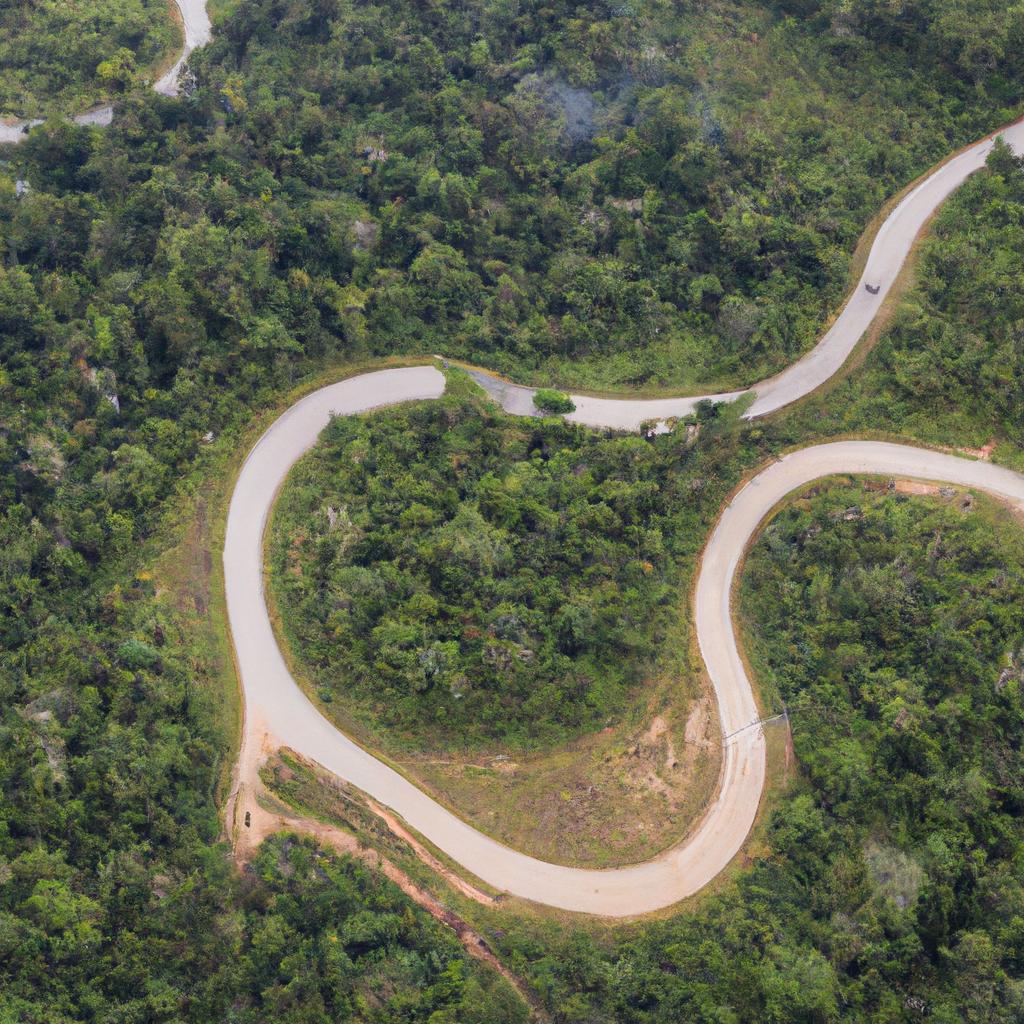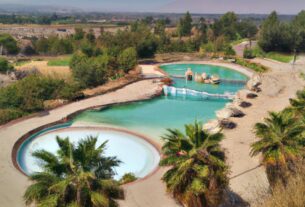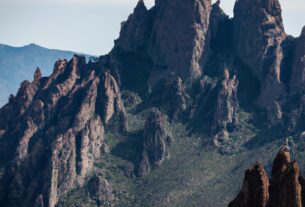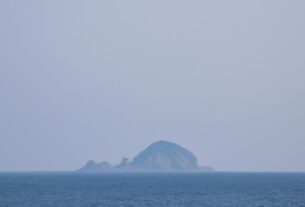Cao Cristales, found within Colombia’s Sierra de la Macarena National Park, is a hidden natural gem that entices visitors with its stunning beauty and vibrant colors. Aptly dubbed the “River of Five Colors” or the “Liquid Rainbow,” this unique river showcases a kaleidoscope of hues that change throughout the year. As tourists hunt for extraordinary natural attractions, Cao Cristales is steadily gaining popularity.
A Remote Paradise in the Sierra de la Macarena Mountains
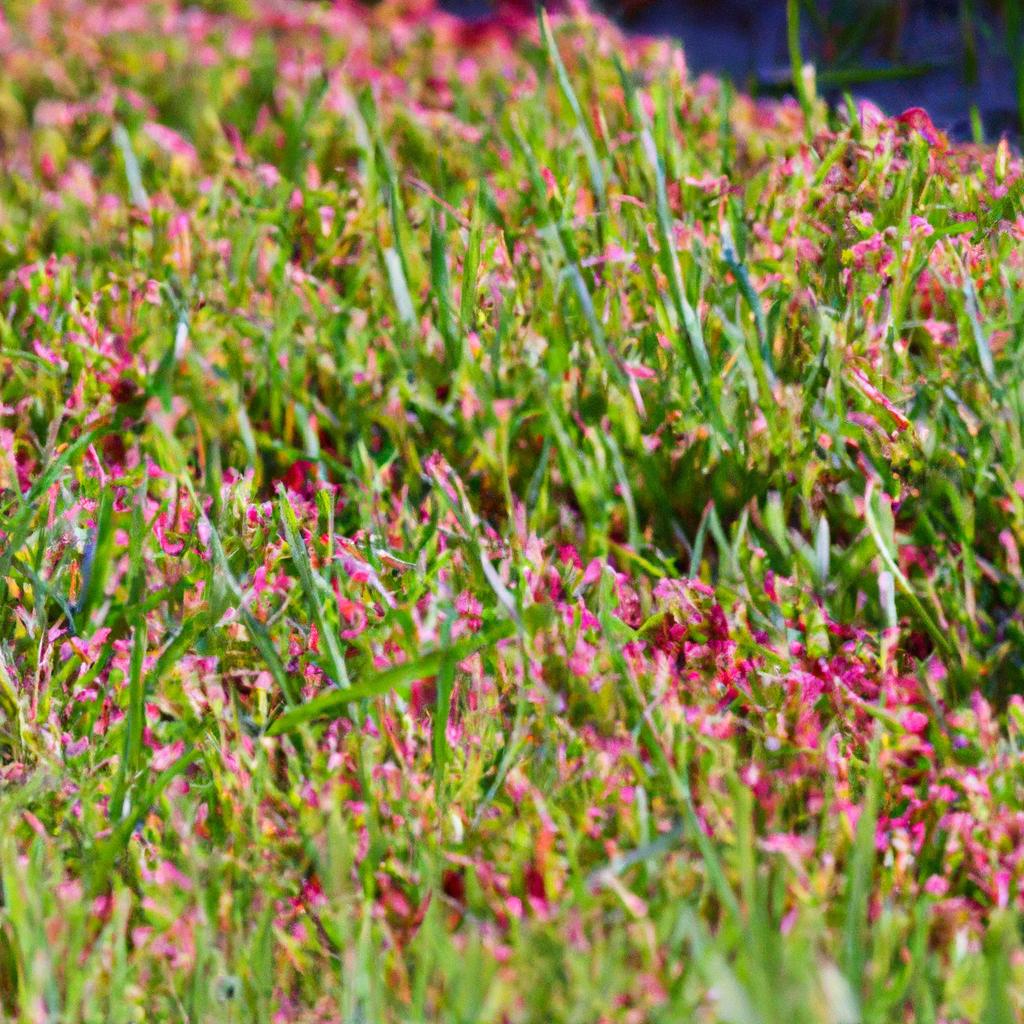
Stretching over 100 kilometers through the rugged landscapes of the Sierra de la Macarena Mountains, Cao Cristales can only be accessed by air or water. Travelers can take a flight to the nearby town of La Macarena and then embark on a boat ride or hike to reach this secluded paradise.
Surrounded by lush vegetation, rocky cliffs, and cascading waterfalls, Cao Cristales presents a truly awe-inspiring spectacle. Its crystal-clear waters add to the allure. During the dry season, a unique species of algae blankets the riverbed, transforming it into a vivid patchwork of colors.
The best time to witness this natural wonder is between June and November when the river is at its most resplendent. With the water level low, the algae basks in the sun, creating a mesmerizing display of vibrant hues.
A Haven for Flora and Fauna
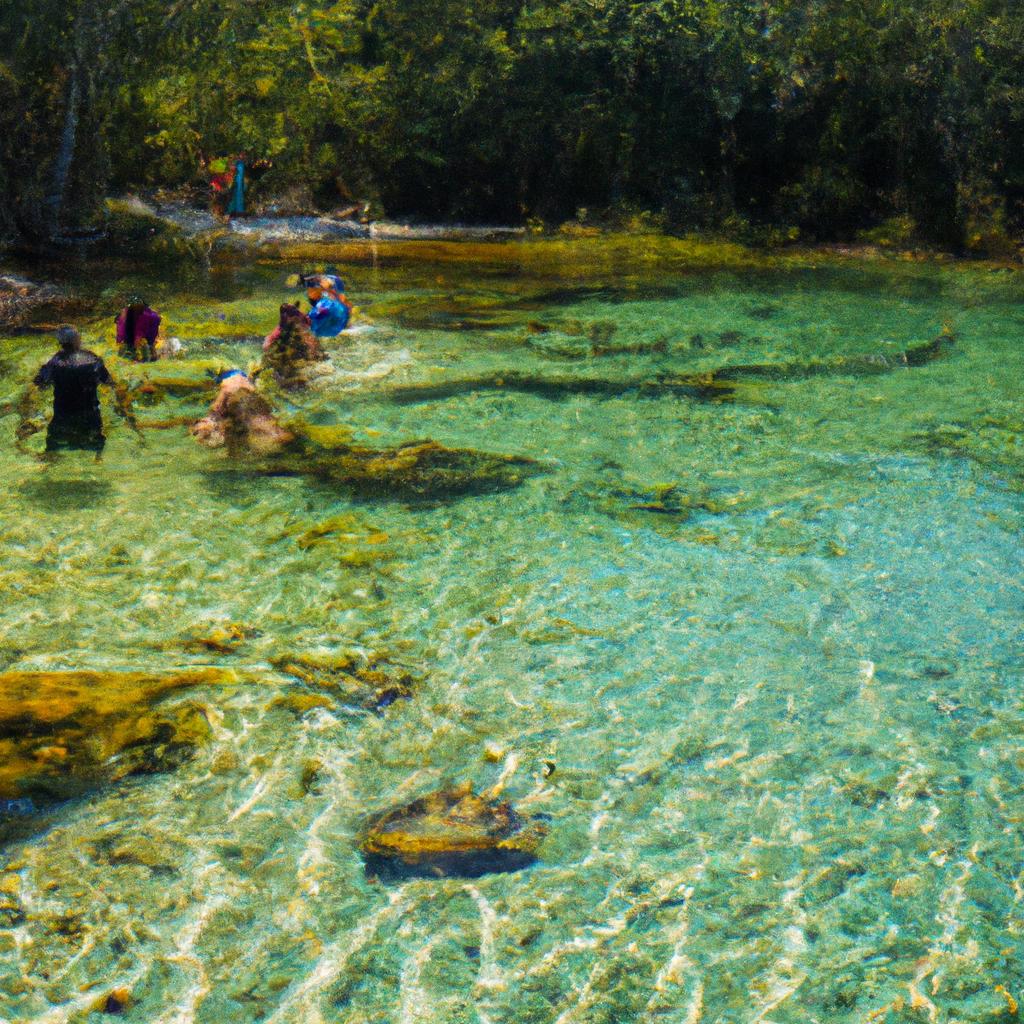
Cao Cristales is not only a visual delight but also a haven for diverse plant and animal species. Its unique ecosystem nurtures a variety of aquatic flora, including the striking Macarenia Clavigera, which is exclusive to this river. The algae that carpets the riverbed during the dry season serves as a vital food source for fish and other aquatic creatures residing in its clear waters.
The surrounding forests are home to various animal species, such as monkeys, jaguars, and an array of bird species. Endangered animals, including the Cotton-top tamarin and the Andean Condor, also find refuge in this area.
Efforts have been made by the Colombian government and local communities to preserve the natural beauty of the region. However, the surge in tourist visits has raised concerns about its impact on the environment. It is crucial for visitors to practice responsible tourism and minimize their footprint in Cao Cristales.
Witness the Ever-Changing Colors
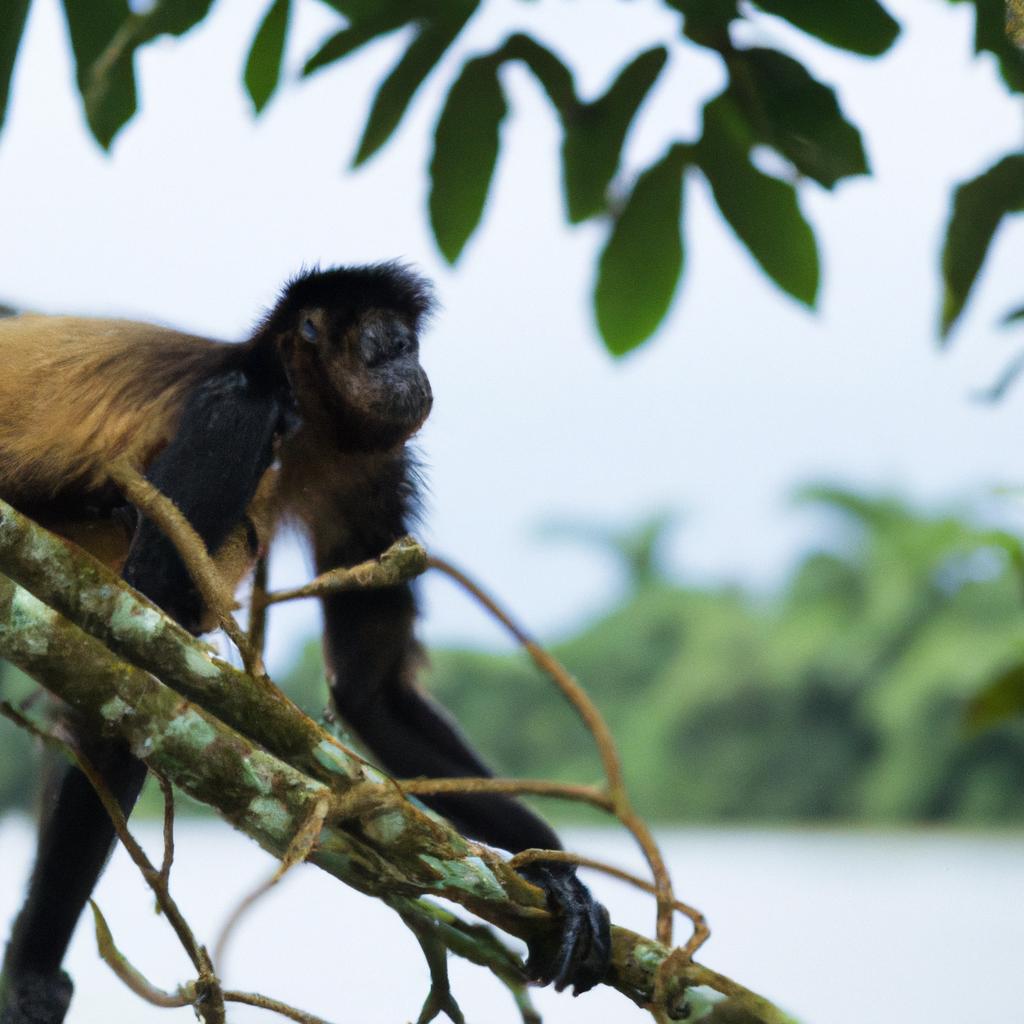
The Cao Cristales river boasts an extraordinary ecosystem that showcases rare plant and animal species. Among them is the Macarenia clavigera, a remarkable plant that blooms in vivid red colors throughout the year. The intensity of its hues depends on water temperature and sunlight exposure. During the dry season, this plant thrives, coating the riverbed with splashes of red, green, yellow, and blue, transforming the river into a living rainbow. The colors reach their peak vibrancy in late September and early October.
The water’s temperature, the amount of sunlight, and the presence of algae and other aquatic plants contribute to the ever-changing colors of the river. During the rainy season, the rising water level and sediment give the river a brown and murky appearance. However, the magic truly unfolds during the dry season, enticing visitors with its enchanting hues.
To witness this wonder firsthand, take a guided tour along the river, immersing yourself in the vibrant colors while learning about the unique ecosystem that makes Cao Cristales one of the world’s most beautiful natural wonders.
Conservation: Our Collective Duty
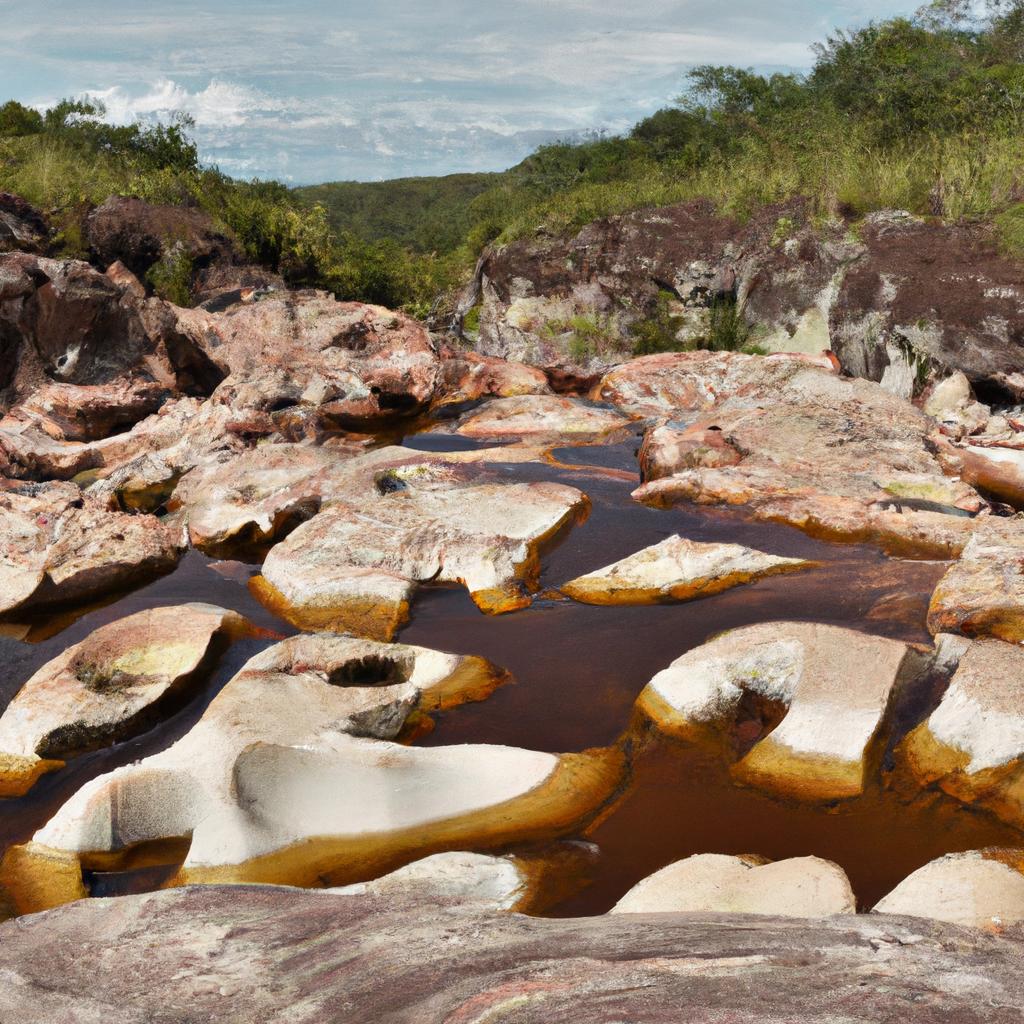
Recognizing the significance of preserving Cao Cristales, the Colombian government and local communities have implemented initiatives to safeguard its delicate ecosystem. The establishment of the Sierra de la Macarena National Park in 1971 marked a milestone in protecting the region’s natural beauty and biodiversity. Encompassing over 6,200 square kilometers, the park encompasses Cao Cristales along with other breathtaking wonders.
To control visitor numbers, the Colombian government has imposed restrictions, allowing only a limited number of visitors to enter the national park each day. Visitors must be accompanied by certified guides. Additionally, strict rules are enforced to minimize the impact of tourism, prohibiting activities like fishing and swimming in the river.
Preserving Cao Cristales remains an ongoing challenge. The increasing influx of tourists places additional strain on the ecosystem, posing risks to the river’s delicate algae and plant life. To fulfill our duty as responsible travelers, it is paramount to practice sustainable tourism and reduce our impact on the environment.
Responsible Tourism: Preserving the Jewel
As a cherished tourist destination, responsible tourism is crucial when visiting Cao Cristales. By adopting sustainable travel practices, we can minimize our impact on the environment and safeguard the region’s natural splendor for future generations.
Adhering to the rules and regulations set by the Colombian government and national park authorities is paramount. Stay on designated trails, refrain from littering, and respect the wildlife. Avoid swimming or fishing in the river to preserve the delicate algae and plant life.
Supporting local communities by choosing local tour operators and purchasing souvenirs from local artisans is another way to promote sustainable tourism. By doing so, we contribute to the local economy and help preserve the wonders of Cao Cristales.
In conclusion, Cao Cristales is an astounding natural wonder that demands exploration. Nonetheless, practicing responsible tourism and minimizing our impact on the environment are imperative. Let’s join hands and uphold TooLacks’ commitment to responsible tourism, ensuring the preservation of natural wonders like Cao Cristales. Explore the extraordinary and leave only footprints of admiration. To know more about TooLacks, click here.
